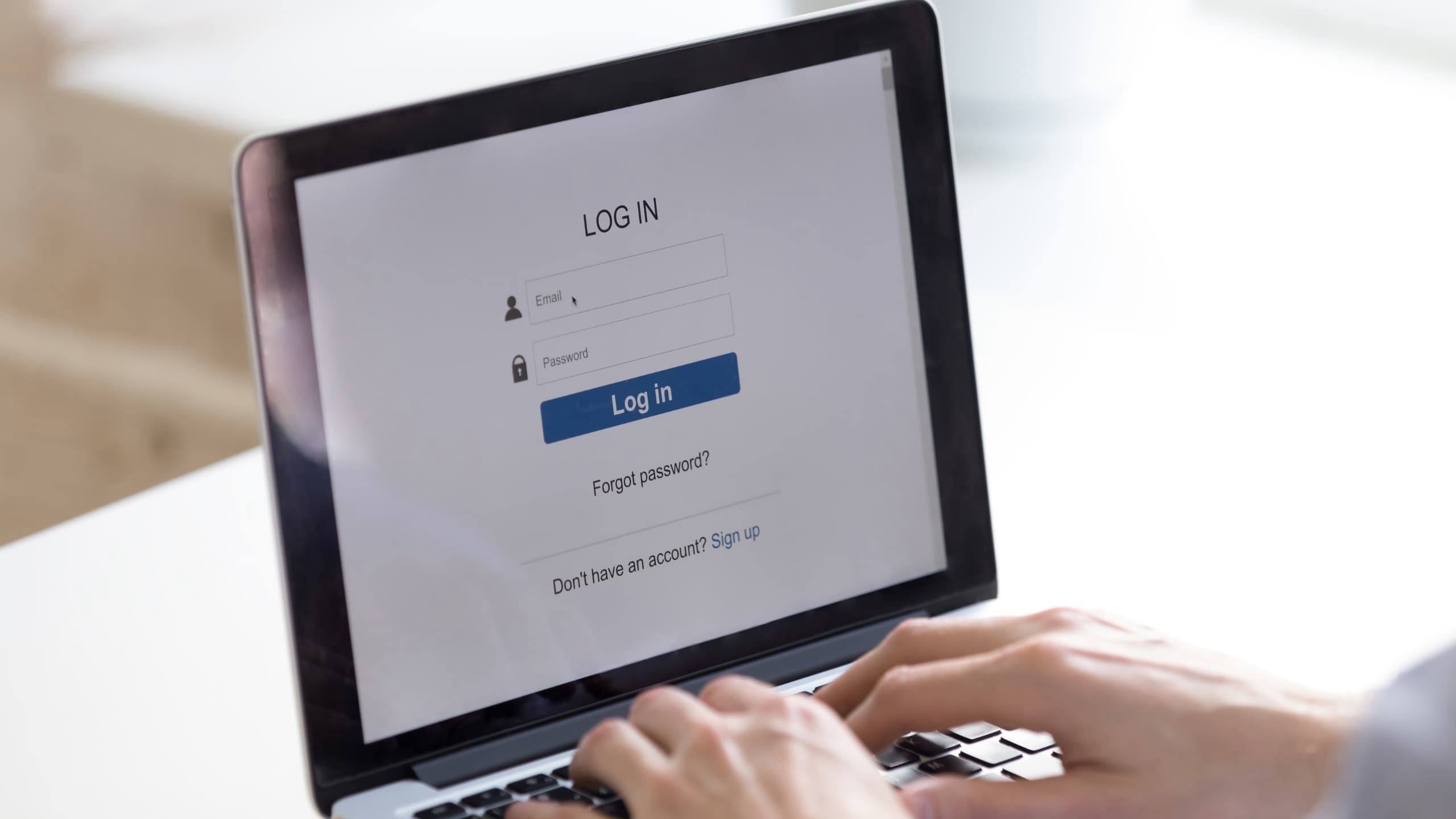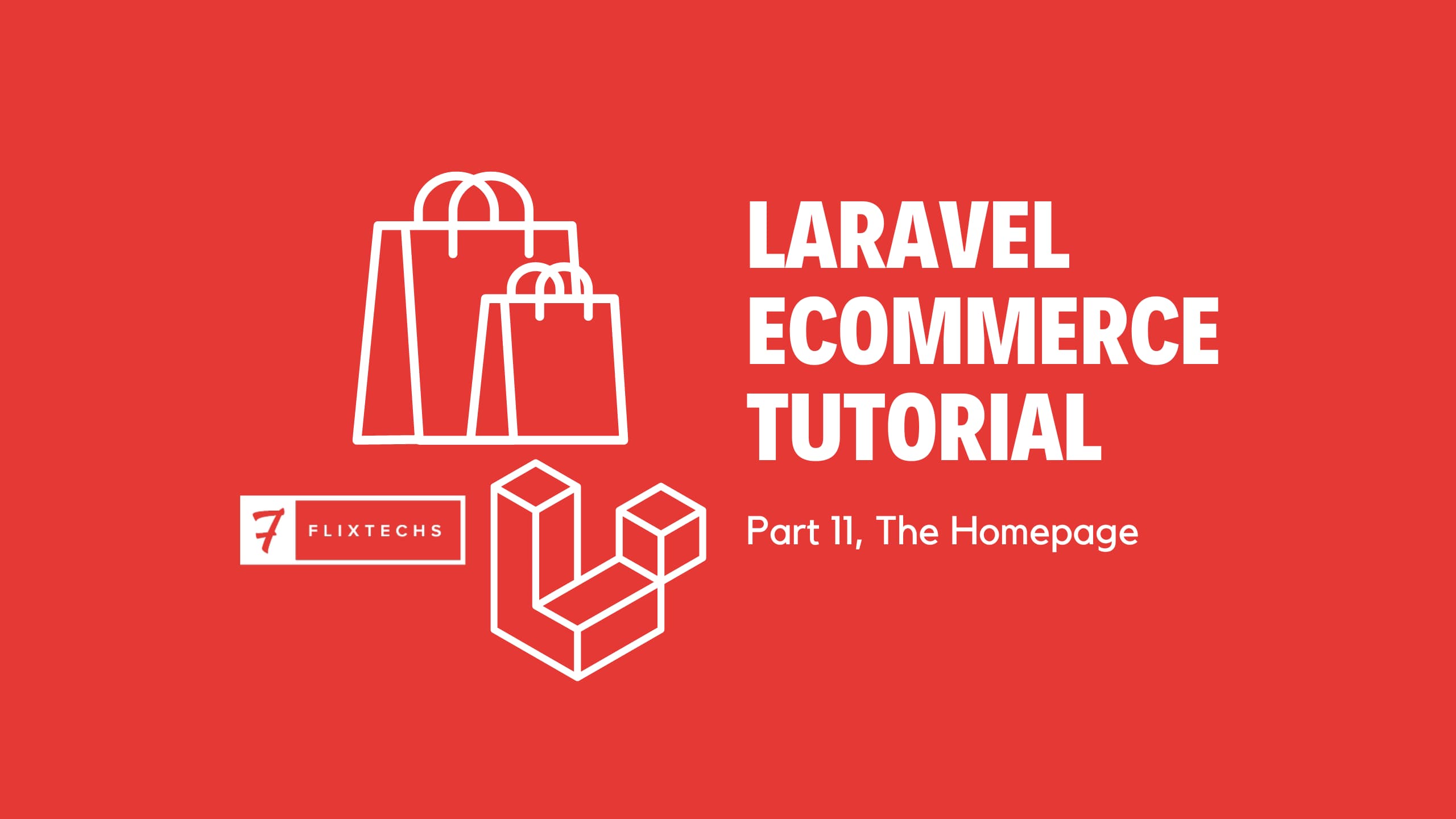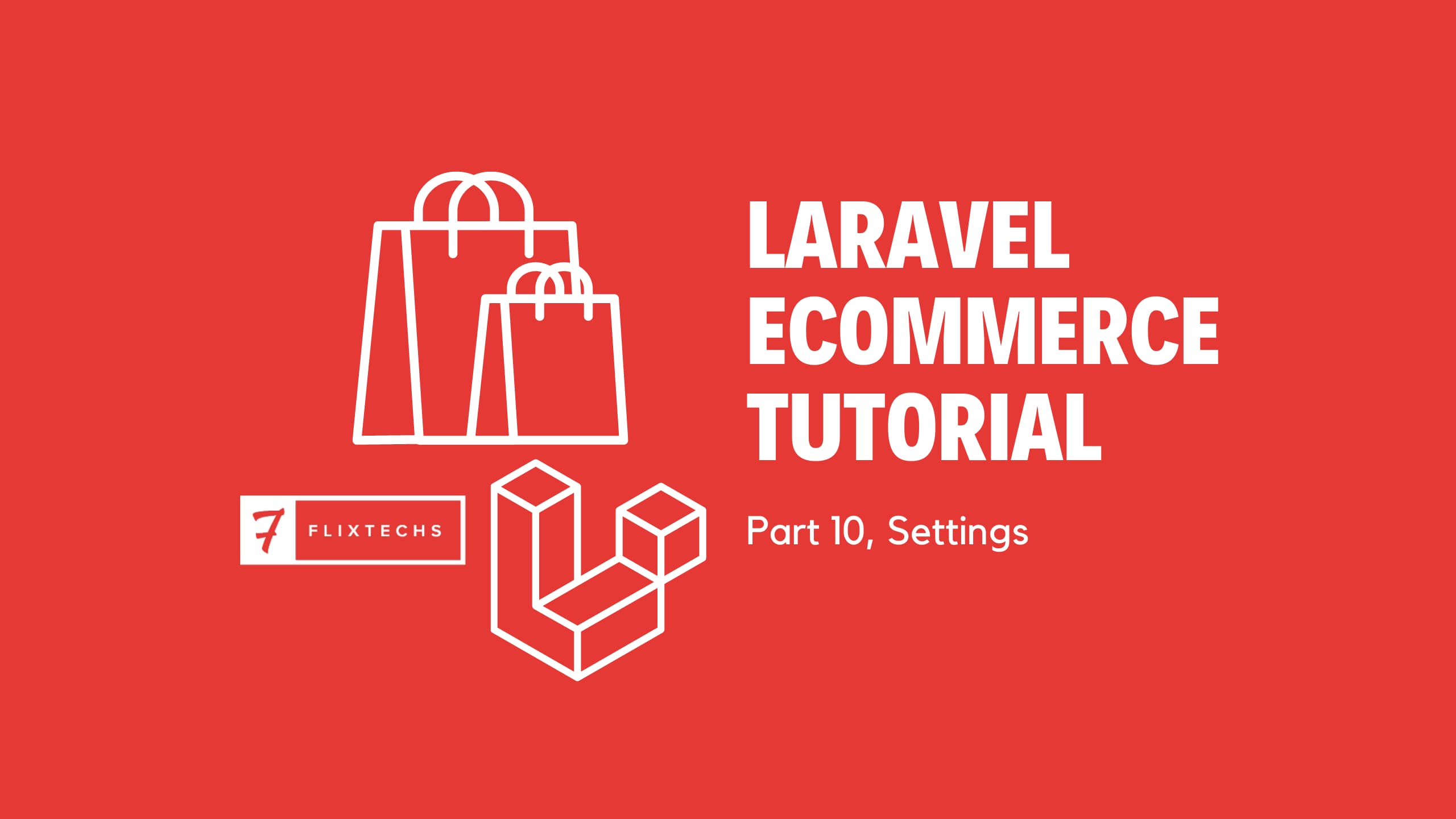In this article, we'll talk about how to build a website that actually converts. For some of you, this might be the way you are building websites already. But for others, it's probably not. And that's okay – I know there are lots of different opinions on what makes a successful website. It doesn't have to be an all cookie-cutter like one specific process that works for everyone.
But here is our web design and development process:
-
customer discovery (learning as much as possible about your target audience, who they are, what are their fears, hopes, and dreams),
-
copywriting (putting it all into words, taking what we learned on discovery and crafting messages tailored to that audience),
-
strategy (a detailed plan to market the website and move customers through the funnel), and
-
development (this is where we get extensively technical and start to actually develop your website using our technologies of the web)
Let's dive deeper and see what happens at each stage of the process and how that might fit into your business.
Customer Discovery: Nail Down Your Target Audience.
When I meet a new a client I always first ask “so, who's your target customer” always the answer is “Everyone”. You don't say.
See, when you try be everything for everyone, you end up becoming nothing to everyone. Having everyone as your target customer makes it hard to create marketing messages that are heard by your customers. Best case scenario, you send the right message but to the wrong audience, or worse, the wrong message to the right audience.
We understand this, and we know we cannot create a website without knowing who the target customer is.
Let's dig deeper into how this process works:
First, with your help, we identify your target customers by looking at your previous customers, people who engage with your business, and sometimes you arbitrarily pick a niche of customers. Now we have a general idea of who your customer is, it's time to probe a little deeper to understand them deeply. Most business stop at this stage with rudimentary data like age, gender, etc. This is not enough, chances are, your competition already has this and the best you can do is match their data.
To help you understand your customers better we will use the information to create a buyer persona, which is a semi-fictional representation of your target audience.
We want to go deeper and understand what keeps your target customers up at night? What are they afraid? What would make them happy? What are their aspirations, hopes and dreams?. During this stage, we try to answer questions like:
-
In general, who is your customer?
-
Were they the final decision maker?
-
What does their job look like?
-
Are they your company's primary point of contact?
-
What are their roles at work?
-
What is their preferred method of communication? Email, phone, instant messaging?
-
Which social networks do they use?
-
How do they gain information? Read blog posts, watch YouTube videos?
-
Who do they report to, or do they make most decisions?
-
What do they need to solve their most pressing problems?
-
What are their goals?
-
How old are they?
-
Are they married or single? Kids or no kids?
[convertkit=3537649]
The next step on this stage is to map the customer's buyer's journey and come up with an experience map.
The buyer's journey describes a buyer's path to purchase. In other words, buyers don't wake up and decide to buy on a whim. They go through a process to become aware of, consider and evaluate, and decide to purchase a new product or service.
A customer journey map is a diagram (or several diagrams) that depict the stages customers go through when interacting with a company, from buying products online to accessing customer service on the phone to airing grievances on social media.
The goal of this is to be in your customers' shoes and understand exactly how they come up with a decision to purchase. Your customer's buying journey is usually broken down into 3 stages, awareness, consideration, and decision stage.
Awareness Stage: The buyer becomes aware that they have a problem.
Consideration Stage: The buyer defines their problem and considers options to solve it.
Decision Stage: The buyer evaluates and decides on the right provider to administer the solution.
Their experience is mapped into stages: before, during and after buying your services or product and what your customer is thinking, feeling, seeing, and doing at each of these stages.
Before: This is before the customer buys whatever they are looking for, fill out what they are thinking, seeing, doing, feeling.
During: This is when they are buying, for example, the process of getting a quote to pay the final balance. Map out what they think, see, feel and do.
After: This is when the sale is complete, what is your customer seeing, feeling, doing, and thinking?
Checkout our detailed article on how to identify your target customer.
The deliverables of this stage are:
-
A very detailed buyer persona, A buyer persona is a semi-fictional representation of your ideal customer based on market research and real data about your existing customers.
-
A buyer's journey map.
Now that we know who we're speaking to in our message, it's time to craft the message and a compelling value proposition on the following stage.
Copywriting: The Power Of Words To Get People To Take An Action
When you engage a web design and development company, they usually ask you to provide content and they handle the design and development. It is understandable, considering they are technical people and don't know about your business better than you.
The result of this is a website which is basically an online version of a brochure with a fancy company logo on the corner, some vague claim about being “the best” or “high quality” and a laundry list of services or products.
At the end, you would think that websites don't work. Yeah, right. Your website doesn't give the visitor any reason to convert, so yes, it doesn't work. It gives them every excuse to leave and search for what they are looking for elsewhere. ( And they will find it BTW! )
A goldfish, at 9 seconds, has a longer attention span than the average website visitor. Our goal is to capture the visitor's attention as soon as possible before they bounce. This is why we take time to craft messages that resonate with the audience we identified in the early stage.
Our copywriting framework answers questions your customer has before, during and after using your product. Using the customer journey map, we craft a compelling value proposition that we'll reiterate on your home page. We go ahead to add social proof to add credibility to your claims.
[convertkit=3537649]
We come up with the content that goes to every page on your website. At this stage, we also come up with call to actions based on your goals for the website and place them strategically across pages.
The deliverables of this stage are
-
A compelling value proposition
-
Copy for all your pages
-
A detailed site map for your website
-
What typical website visit by your customer would look like
Having a website with a compelling value proposition and well written copy is not enough, we need a website marketing plan. Of sorts.
The strategy: How To Get Your Website In Front Your Target Customer
Have you ever perfectly wrote an email and hit send, forgetting the attached file? I bet you have. Anyway, terrible example. That's what it feels like when you have a well crafted website with everything, but no one knows about it. It's like opening a business and not telling anyone about it.
In this stage, we come up with a strategy or website marketing strategy that will be the blueprint on how to get the website in front of your customers and how to convert those visitors into leads and eventually a sale.
The website marketing strategy will be broken down into 3 stages:
-
Traffic acquisition strategy (before stage):
We find a way to attract traffic to your website. This could be SEO, paid ads, paid search, social media, etc. To acquire that traffic we come up with a type of content that attracts visitors, what we call cookie content, who doesn't love cookies.
This type of content is what your customers are mainly searching for, e.g “How to's”, “Top X” lists, etc. -
Lead conversion strategy:
When we get traffic, we should convert it into leads and eventually a sale. We come up with a way to convert visitors into customers. We consider things like, what lead magnets are we going to use? What will the lead capture form look like, how many landing pages will be needed, and how will they be promoted etc. -
Sales conversion strategy:
This is where we come up with a strategy to nature your leads to sales. We come up with your email marketing strategy, the content to send in your emails, and how to get your prospect ready for a sale.
The deliverables of this stage is a detailed website marketing strategy.
Now that we have all the pieces we need to create websites that actually bring in new clients, It's time to get technical and build the website.
Building the website: The Boring Tech Stuff
Now we have everything we require, we'll just build the website using our tools of the trade and plug in the content we came up with in the earlier stages. We build our website using the Laravel framework for the backend, HTML, CSS, and Stimulus/Turbo for the frontend.
I'm not going to get into the details of exactly how we do that, but after we come up with a design concept, we discuss it with you and make improvements and iterations as necessary.
The deliverables of this stage is a complete website that speaks directly to your target customers, hosted on your domain name.
[convertkit=2589603]
[convertkit=2908863]




